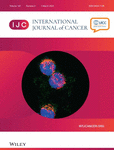Journal list menu
Export Citations
Download PDFs
ISSUE INFORMATION
EDITORIAL
Tumor microenvironment-derived serum markers as a new frontier of diagnostic and prognostic assessment in biliary tract cancers
- Pages: 804-806
- First Published: 01 December 2022
REVIEW
Research advances in nanomedicine applied to the systemic treatment of colorectal cancer
- Pages: 807-821
- First Published: 19 August 2022
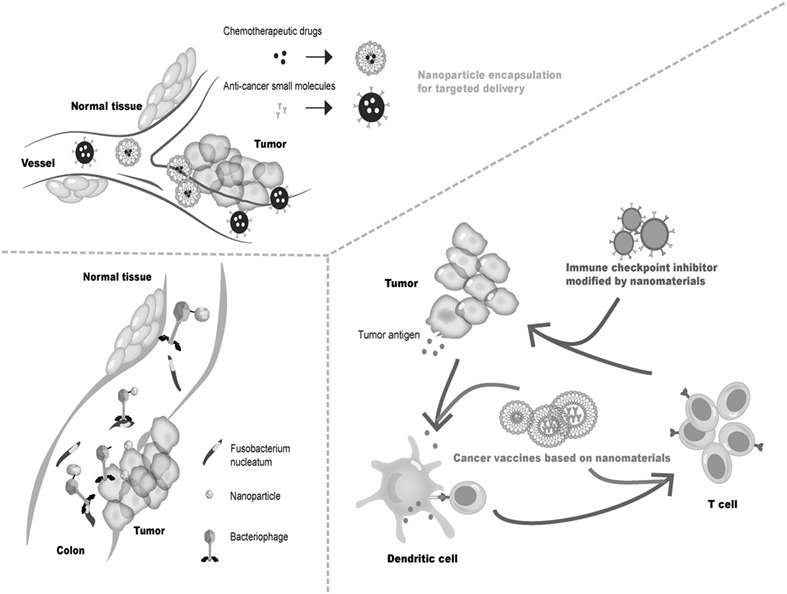
What's new?
1 Nanocarriers promote the targeted effect of chemotherapeutic drugs and small-molecule drugs. 2 Cancer vaccines based on nanomaterials and modified immune checkpoint inhibitors increase the efficacy of tumor immunotherapy. 3 Bacteriophages enable NPs to target colon cancer-related flora to achieve therapeutic efficacy.
INVITED REVIEW
Emerging role of oncogenic long noncoding RNA as cancer biomarkers
- Pages: 822-834
- First Published: 08 September 2022
CANCER EPIDEMIOLOGY
Ultra-processed food consumption and the risk of pancreatic cancer in the Prostate, Lung, Colorectal and Ovarian Cancer Screening Trial
- Pages: 835-844
- First Published: 12 September 2022
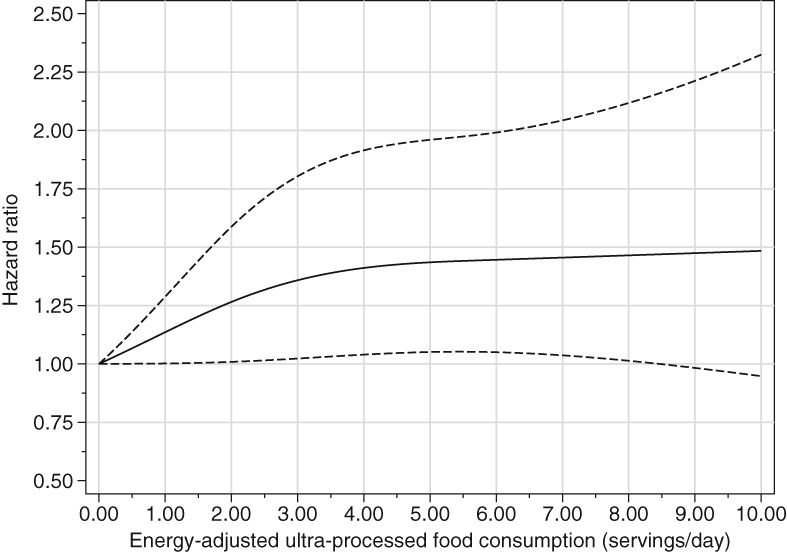
What's new?
“Ultra-processed” foods, industrially formulated products consisting of ingredients extracted from foods, but no intact foods, now make up as much as 58.5% of Americans' daily calorie intake. Think frozen meals, hot dogs and packaged snacks. Here, the authors investigate the relationship between ultra-processed foods and pancreatic cancer in a cohort of 98 265 American adults. High consumption of ultra-processed foods was associated with increased risk of pancreatic cancer, and the association was more pronounced for those under age 65.
Associations between early-life and in utero infections and cytomegalovirus-positive acute lymphoblastic leukemia in children
- Pages: 845-853
- First Published: 14 September 2022
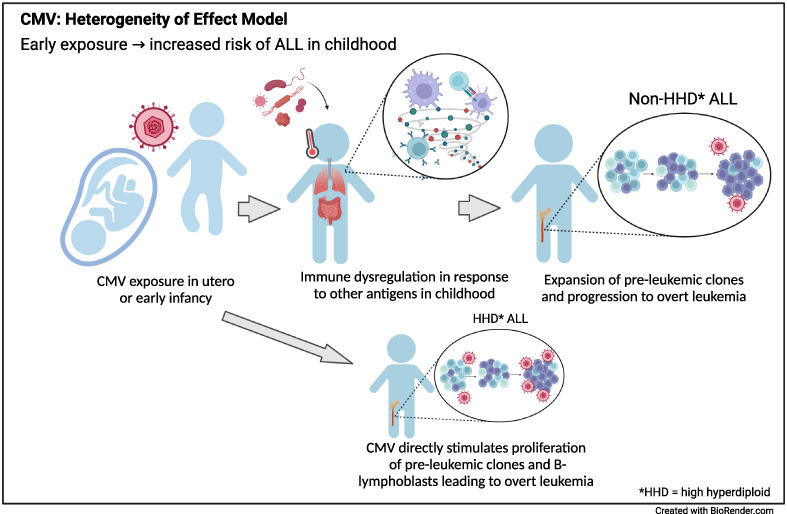
What's new?
Cytomegalovirus (CMV) infection early in life likely contributes to the development of childhood acute lymphoblastic leukemia (ALL), owing to CMV-induced alterations in immune function. In the present study, the relationship between risk of childhood ALL and exposure to CMV in utero or early life was investigated among children with ALL who participated in the California Childhood Leukemia Study. Case-only analysis shows that children exposed to maternal infections during pregnancy are more likely to have CMV-positive ALL than CMV-negative ALL. Children with increased numbers of infections in early life are more likely to be CMV-positive at the time of ALL diagnosis.
Adherence to a risk-adapted screening strategy for prostate cancer: First results of the PROBASE trial
- Pages: 854-864
- First Published: 19 September 2022
What's new?
Screening for prostate-specific antigen (PSA) reduces deaths from prostate cancer, but routine PSA screening for all participants leads to overdiagnosis and overtreatment. The PROBASE study, initiated in 2014, uses a risk-adapted PSA screening strategy that adjusts the screening schedule depending on the participant's initial PSA level. Here, the authors report that adherence rates during the first 6 years of the trial were good, with attendance rates in the 70% to 80% range, and the biopsy acceptance rate was 71% among men with PSA of 4 or higher.
Circulating immune markers and risks of non-Hodgkin lymphoma subtypes: A pooled analysis
- Pages: 865-878
- First Published: 24 September 2022
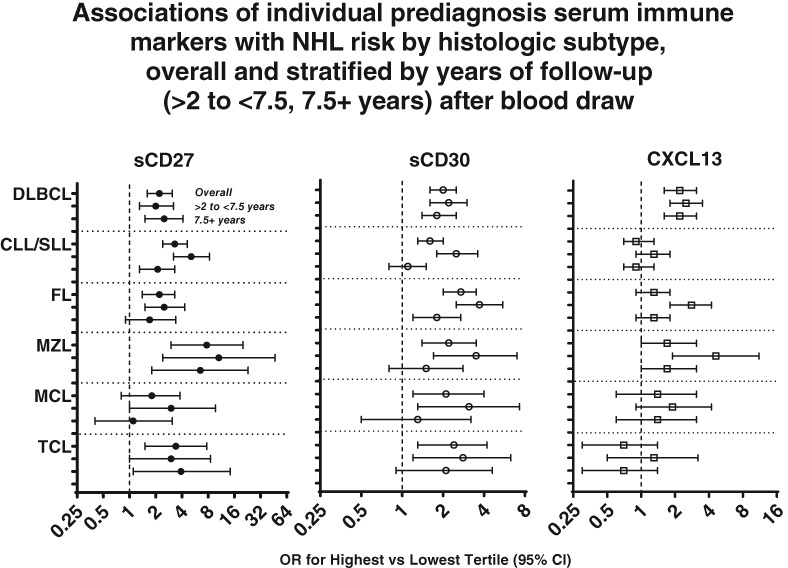
What's new?
Although prediagnostic circulating concentrations of the immune activation markers sCD27, sCD30 and CXCL13 have been associated with non-Hodgkin lymphoma risk, studies have been limited by sample size in associations with non-Hodgkin lymphoma subtypes. This pooled analysis of the three prediagnostic serum immune marker concentrations and non-Hodgkin lymphoma subtypes, the first of its kind, provides robust evidence implicating subclinical immune activation effects in the pathogenesis of diffuse large B cell lymphoma. The results also offer novel insights into the etiologies of rare lymphomas such as marginal zone and T cell lymphomas.
Exposures to pesticides and risk of cancer: Evaluation of recent epidemiological evidence in humans and paths forward
- Pages: 879-912
- First Published: 22 September 2022
What's new?
Most of the evidence suggesting pesticide carcinogenicity in the 2017 International Agency for Research on Cancer report came from animal and mechanistic studies, as the epidemiologic evidence was insufficient to draw conclusions. Here, the authors provide a unique review of 63 epidemiological studies on exposure to pesticides and cancer risk in humans published from 2017 to 2021, with an emphasis on new findings, methodological approaches, and gaps in the existing literature. The review shows there is sufficient evidence for implementing policies and regulatory action to limit pesticide exposure in humans, and hence further prevent a significant burden of cancers.
Incidence of childhood leukemia before and after shut down of nuclear power plants in Germany in 2011: A population-based register study during 2004 to 2019
- Pages: 913-920
- First Published: 26 September 2022
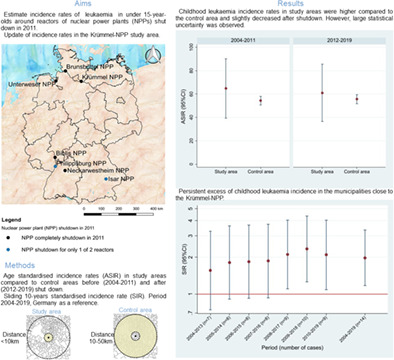
What's new?
The association between leukemia and proximity to nuclear power plants has been assessed in several countries with inconsistent results. Here, using an ecological study design, the authors found that the incidence of leukemia slightly decreased among children aged <15 living near nuclear power plants in Germany where at least one reactor was shut down after the Fukushima disaster in 2011. Compared with the corresponding German population, children living in municipalities near the Krümmel nuclear power plant had persistently higher leukemia incidence rates during the 2004 to 2019 period, as found in other studies.
Survival outcomes of metastatic breast cancer patients by germline BRCA1/2 status in a large multicenter real-world database
- Pages: 921-931
- First Published: 26 September 2022
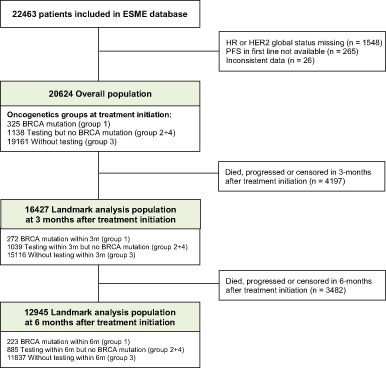
What's new?
Despite the recent approval of novel therapeutics for germline BRCA1/2-mutated metastatic breast cancer, data regarding outcomes and optimal treatment strategies are lacking. This study assessed the impact of germline BRCA mutations on metastatic breast cancer survival using data from a cohort of patients treated in an era predating PARP inhibitors. Although germline BRCA mutation had no independent prognostic impact on survival, divergent prognostic effects according to tumor subtype were observed. These effects were pronounced among germline mutation carriers with luminal breast cancer, who experienced worse progression-free survival. The observations highlight the importance of deciphering BRCA status early in clinical care.
CANCER GENETICS AND EPIGENETICS
Systemic circulating microRNA landscape in Lynch syndrome
- Pages: 932-944
- First Published: 25 October 2022
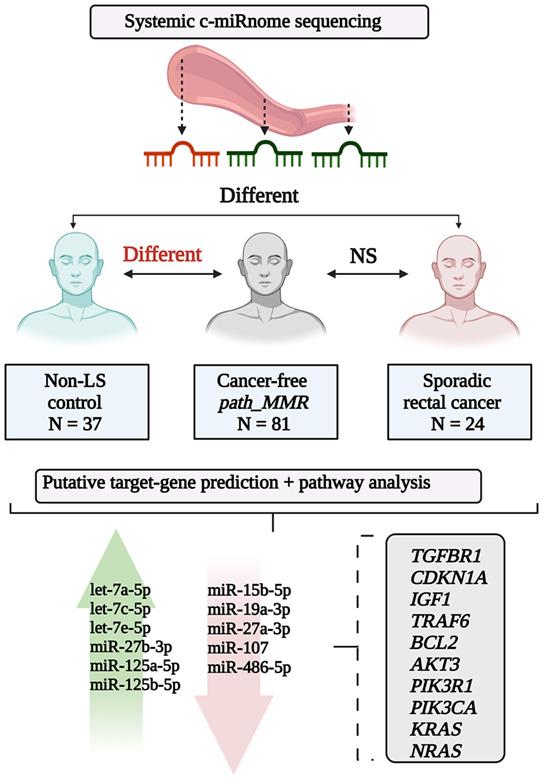
What's new?
Systemic circulating microRNA expression patterns (c-miRnomes) are altered during sporadic carcinogenesis and they have predictive potential in early cancer detection. However, their potential in carriers of inherited pathogenic mismatch-repair gene variants associated with Lynch syndrome remains understudied. Using high-throughput sequencing and bioinformatics, the authors show that Lynch syndrome and sporadic carcinogenesis share common biological pathways. Alterations in these pathways produce a c-miRnome signature that could help track oncogenic stress in cancer-free Lynch syndrome carriers. The findings suggest that systemic c-miRnomes could potentially facilitate the monitoring of Lynch syndrome carriers that require more intensive surveillance or clinical management.
Short Report
Somatic mutations reveal complex metastatic seeding from multifocal primary prostate cancer
- Pages: 945-951
- First Published: 26 July 2022
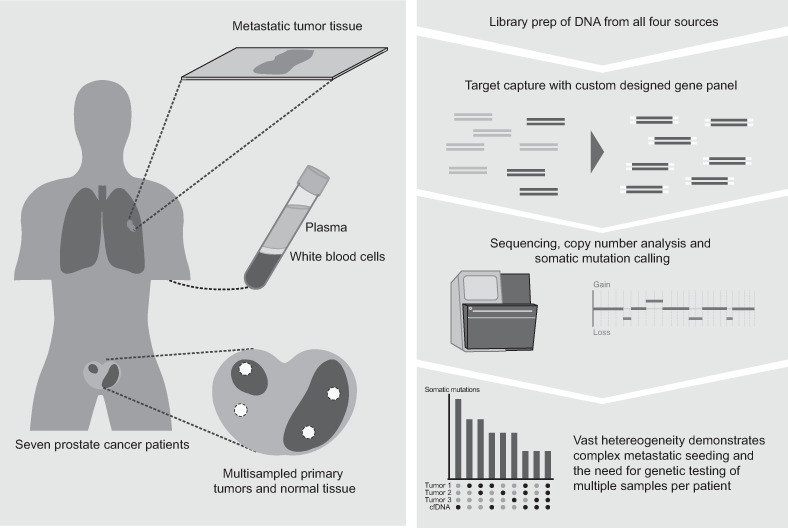
What's new?
Intrapatient tumor heterogeneity and clonal evolution of primary tumor foci into metastatic disease remain significant challenges for prostate cancer treatment. Here, investigating metastatic lesion origins, the authors compared somatic mutations in spatially distinct primary foci to mutations in recurring disease in seven prostate cancer patients. No overlap in mutations was identified between the majority of primary and metastatic lesions. Shared mutations, however, were found in three patients, revealing a possible metastasizing primary focus. Recurrent disease was marked by extensive temporally accumulated mutation burden. The findings highlight the utility of mutation analyses in better understanding molecular heterogeneity in prostate cancer.
CANCER THERAPY AND PREVENTION
Making colonoscopy-based screening more efficient: A “gateopener” approach
- Pages: 952-961
- First Published: 10 October 2022
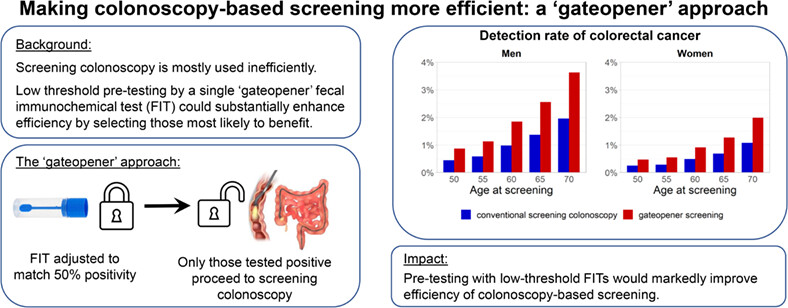
What's new?
Although colonoscopy is a widely used screening tool for colorectal cancer (CRC), it is relatively inefficient, as most of the screened subjects would never develop CRC even without screening. In the present study, use of a low-threshold fecal immunochemical test (“gateopener” FIT) was investigated as a means of streamlining screening colonoscopy by preselecting individuals most likely to benefit. Simulations revealed that the “gateopener” approach essentially doubled cancer detection rates and prevented greater numbers of CRC cases and deaths compared to conventional screening. The findings indicate that pretesting with low-threshold FITs could markedly improve efficiency of colonoscopy-based screening.
Anticancer effect of a pyrrole-imidazole polyamide-triphenylphosphonium conjugate selectively targeting a common mitochondrial DNA cancer risk variant in cervical cancer cells
- Pages: 962-976
- First Published: 10 October 2022
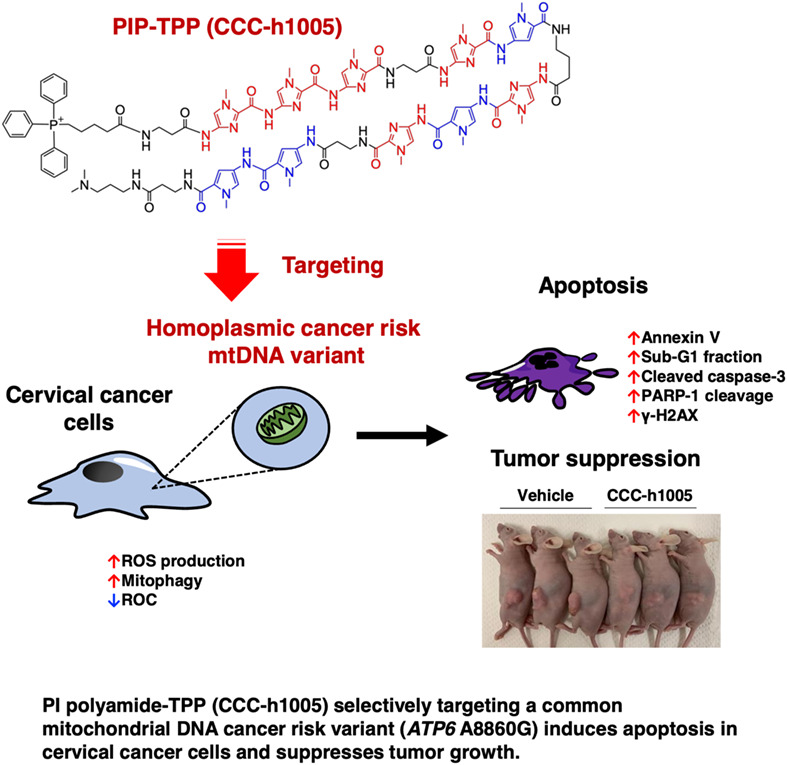
What's new?
Recently, pyrrole-imidazole polyamides, a class of cell-permeable and programmable DNA minor groove binders, have shown potential in disrupting oncological targets in the genome. Here, the authors present the first report of a pyrrole-imidazole polyamide-triphenylphosphonium conjugate with the ability to target a common and preferentially homoplasmic cancer risk variant in mitochondrial DNA. The conjugate showed cervical cancer cell cytotoxicity and suppressed tumor growth with no severe adverse effects. This novel approach bypasses the absence of known mitochondrial DNA mutation hotspots and expands the potential clinical application of mitochondrial modulation for cancer treatment.
Mutation of the TP53 gene in acute lymphoblastic leukemia does not affect survival outcomes after haploidentical hematopoietic stem cell transplantation
- Pages: 977-985
- First Published: 17 October 2022
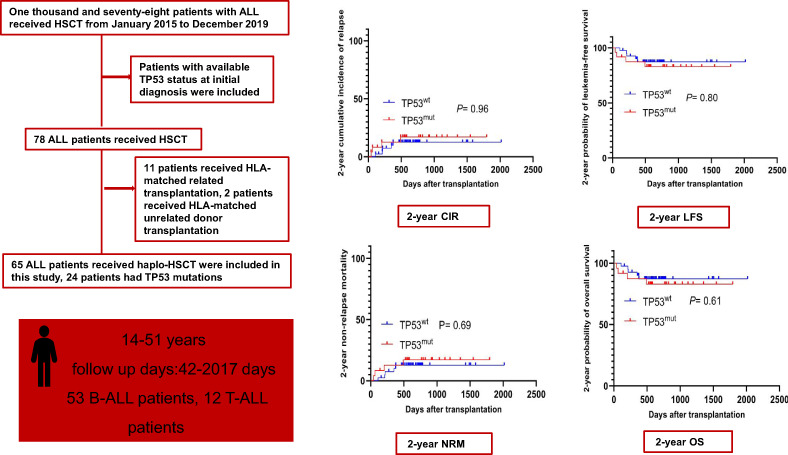
What's new?
Mutations in tumor protein 53 (TP53), a critical regulator of cell division and tumor suppression, are correlated with unfavorable outcomes among acute lymphoblastic leukemia (ALL) patients treated with allogeneic hematopoietic stem cell transplantation (allo-HSCT). The influence of TP53 mutation on haploidentical-HSCT, an alternative to allo-HSCT, remains unclear. In this retrospective study, no statistical differences in survival were observed between TP53-mutated and TP53 wild-type haplo-HSCT-treated ALL patients. By contrast, age and white blood cell count were significant independent risk factors for two-year disease-free survival. The findings suggest that haplo-HSCT potentially eliminates deleterious prognostic impacts linked to TP53 mutation in ALL.
INNOVATIVE TOOLS AND METHODS
PREDICT-GTN 1: Can we improve the FIGO scoring system in gestational trophoblastic neoplasia?
- Pages: 986-997
- First Published: 08 November 2022
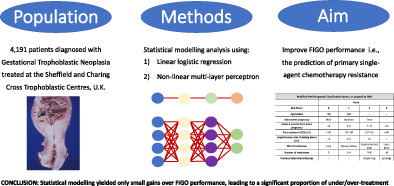
What's new?
The International Federation of Gynaecology and Obstetrics (FIGO) scoring system is used to predict resistance to first-line single-agent chemotherapy in gestational trophoblastic neoplasia (GTN) patients. HoweThis system is imperfect, however—one-third of low-risk patients develop resistance, and resistance rates increase with FIGO score. Here, six models containing raw and scored data combinations of FIGO variables were analysed in an attempt to improve FIGO scoring for GTN. Analyses show, however, that FIGO cannot be improved by modelling. Any small gains in performance were due to recategorization of treatment-resistant patients. Future research should focus on optimising existing FIGO scoring strategies for GTN.
TUMOR IMMUNOLOGY AND MICROENVIRONMENT
New insights into glioma frequency maps: From genetic and transcriptomic correlate to survival prediction
- Pages: 998-1012
- First Published: 28 October 2022
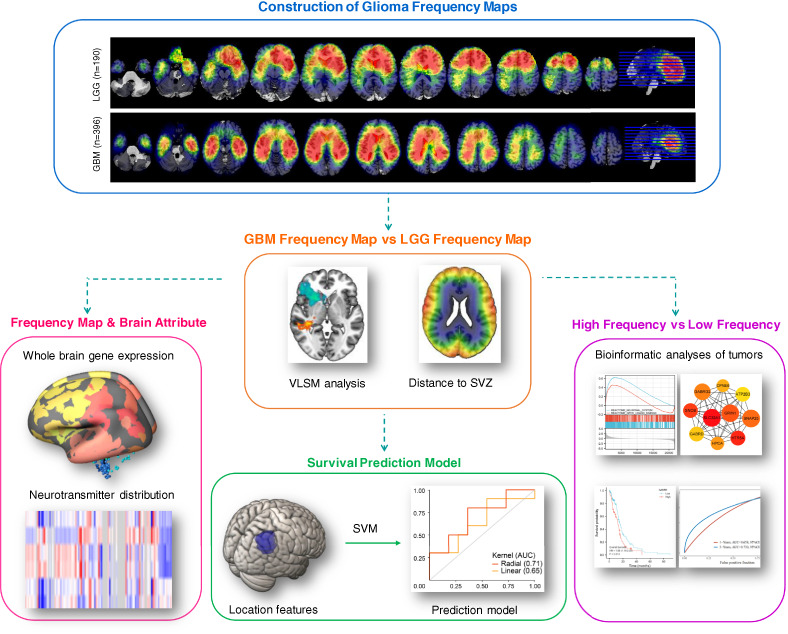
What's new?
The spatial distribution of glioma is nonrandom. However, whether pathological grade influences glioma distribution across the brain remains unclear. Here, the authors built a population-based frequency map for 396 patients with glioblastoma multiforme and 190 patients with lower-grade glioma, revealing their distinct topographic localization patterns. Further results suggested that neuron and glioma synaptic interactions and electrochemical communications were involved in determining glioblastoma multiforme location, bringing a new perspective on glioma location predilection and gliomagenesis. Moreover, based on the identified tumor location features, the authors built a survival prediction model for patients with glioblastoma multiforme.
TUMOR MARKERS AND SIGNATURES
Circulating tumor-associated autoantibodies as novel diagnostic biomarkers in pancreatic adenocarcinoma
- Pages: 1013-1024
- First Published: 24 October 2022
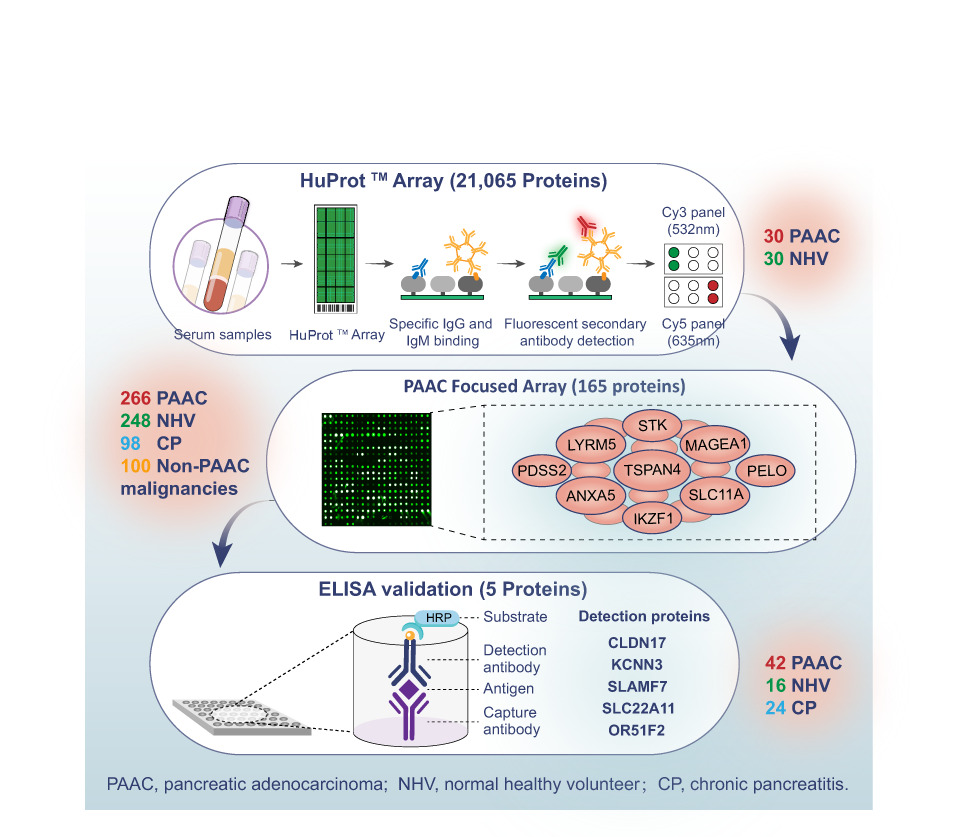
What's new?
Pancreatic adenocarcinoma (PAAC) readily evades diagnosis, to the extent that about 85% of cases are not identified until advanced stages of disease, contributing to exceptionally poor 5-year survival. Moreover, PAAC incidence and mortality rates continue to rise, heightening the need to improve diagnostic strategies. Here, the authors examined the diagnostic potential of circulating tumor-associated autoantibodies (TAAbs), which are known to propagate early in tumorigenesis. High-throughout screening resulted in the identification of five candidate TAAbs. Additional analyses revealed that a panel combining two of the candidates, namely TAAbs against CLDN17 and CA19-9, was highly effective in distinguishing PAAC from controls.
DNA methylation biomarkers for noninvasive detection of triple-negative breast cancer using liquid biopsy
- Pages: 1025-1035
- First Published: 28 October 2022
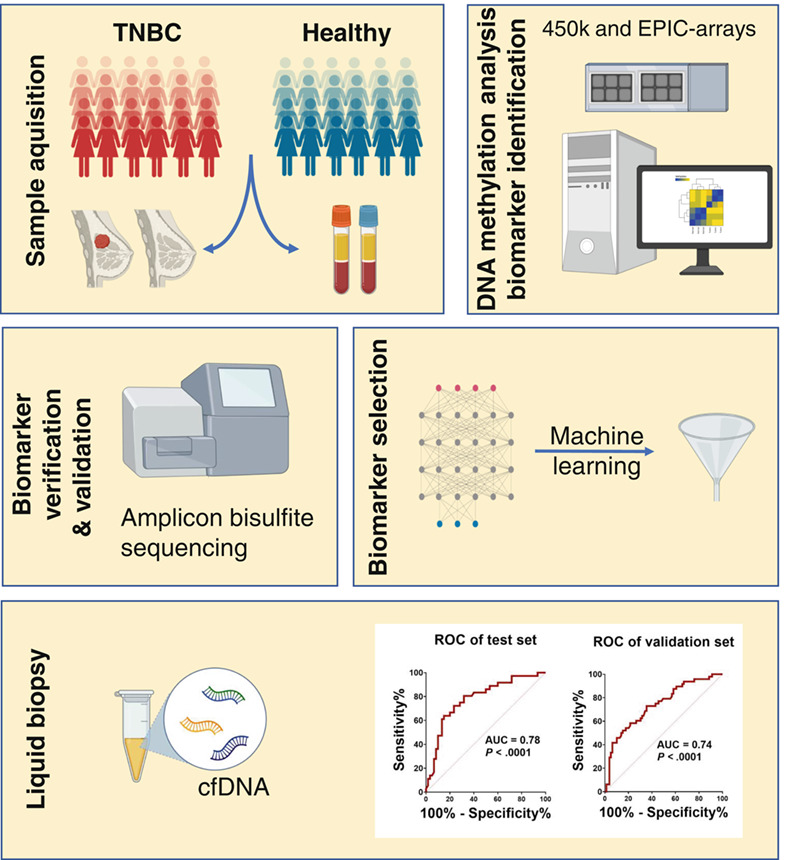
What's new?
While early diagnosis of triple-negative breast cancer (TNBC) is associated with heightened responsiveness to chemotherapy, biomarkers that can be detected noninvasively are needed to support early TNBC diagnosis. Our study suggests that such markers may exist in the form of methylation signatures in cell-free DNA. Evaluation of methylation data from breast tissue and peripheral blood and plasma samples from TNBC patients and controls revealed the existence of aberrant methylation within 23 genomic regions in TNBC cases. Three differentially methylated regions exhibited marked differences in cell-free DNA levels between cases and controls, highlighting their potential as noninvasive markers for TNBC detection.
Blood-based tumor fibrosis markers as diagnostic and prognostic biomarkers in patients with biliary tract cancer
- Pages: 1036-1049
- First Published: 01 December 2022
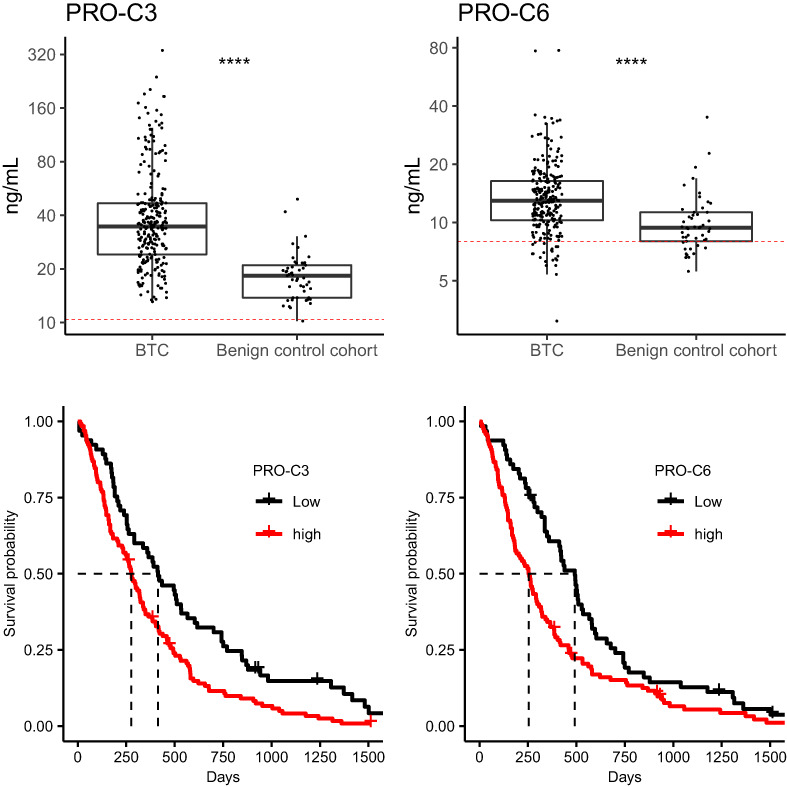
What's new?
Biliary tract cancer is characterized by a desmoplastic stroma, but the potential use of blood-based fibrosis markers in these patients has been little investigated. Here, the authors found that circulating biomarkers related to turnover of type III, type IV, type VI and type XI collagen and macrophage activation were increased in patients with biliary tract cancer compared to controls. Increased serum levels of biomarkers related to turnover of type III, IV and VI collagens were associated with short patient survival. Our study links biliary tract cancer and fibrosis and is the first to identify PRO-C3 as a potential diagnostic biomarker.




